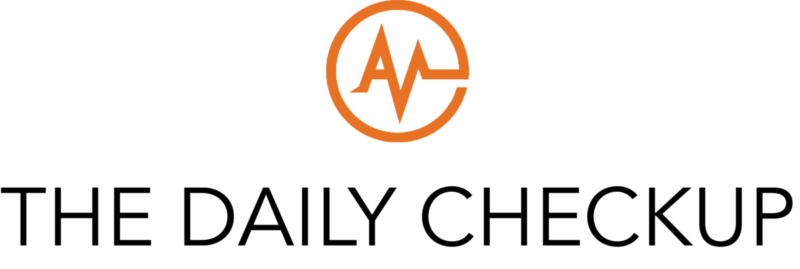March 8 marks International Women’s Day. Each year, this day celebrates women’s achievements across industries and raises awareness of biases and discrimination women still face around the world. For International Women’s Day 2023, the theme “Embrace Equity” “imagine[s] a gender-equal world” and challenges everyone celebrating to take action against gender disparities.
Click here to read more about this year’s theme and find other resources to help you get involved this IWD.
Over the past few years, equity has been a hot topic in healthcare. Below, we take a look at ways the U.S. healthcare system embraces equity and where it still has room to grow.
Embracing Equity in the U.S. Healthcare System: Changing the Face of U.S. Medicine
Study after study has shown that representation is critical to improving patient outcomes. In our recent post for National Women Physicians Day, we discussed how women are changing the face of medical care in the United States.
In that post, we looked at recent trends in medical education that saw women surpass men in medical school enrollment for the first time in 2019. Now, nearly four years later, data from the Association of American Medical Colleges (AAMC) shows growth in the percentage of women practicing in specialties where women-identifying patients are more likely to seek care, such as OBGYN and Reproductive Endocrinology.
In this instance, more equitable opportunities in medical education help reshape what medical care looks like in practice. This, in turn, leads to more representation in healthcare and more equity within the healthcare system for women-identifying patients.
Pushing For More: International Women’s Day and Pay Inequities in U.S. Healthcare
While more women may be entering the healthcare workforce in the United States, they are entering an industry facing a steep pay gap between men and women physicians.
In Medscape’s 2022 Physician’s Earning Report, they identified a number of lingering pay gaps between genders. For primary care physicians, men earn an average of $57,000 more per year than women. For specialists, the gap jumps. Averaged across all specialties, men earn nearly $100,000 more than women practicing in a specialty outside primary care.
More women entering medicine is a positive direction for more equitable patient outcomes. However, lingering pay gaps represent the systemic biases and inequities that International Women’s Day challenges. There is good news in that the pay gap has been narrowing over the last half-decade. There is also hope that this trend continues as more women graduate into the physician workforce.







Leave A Comment